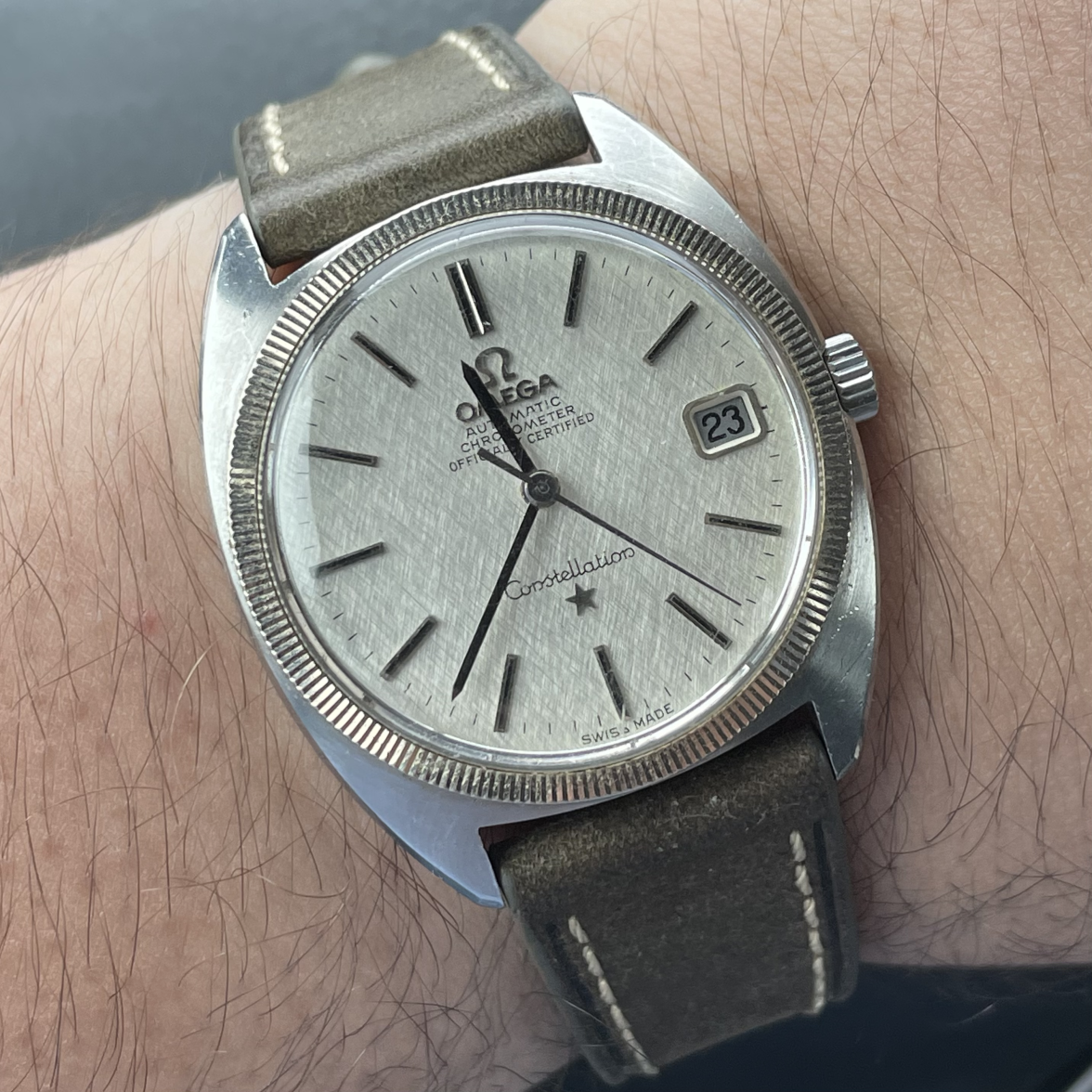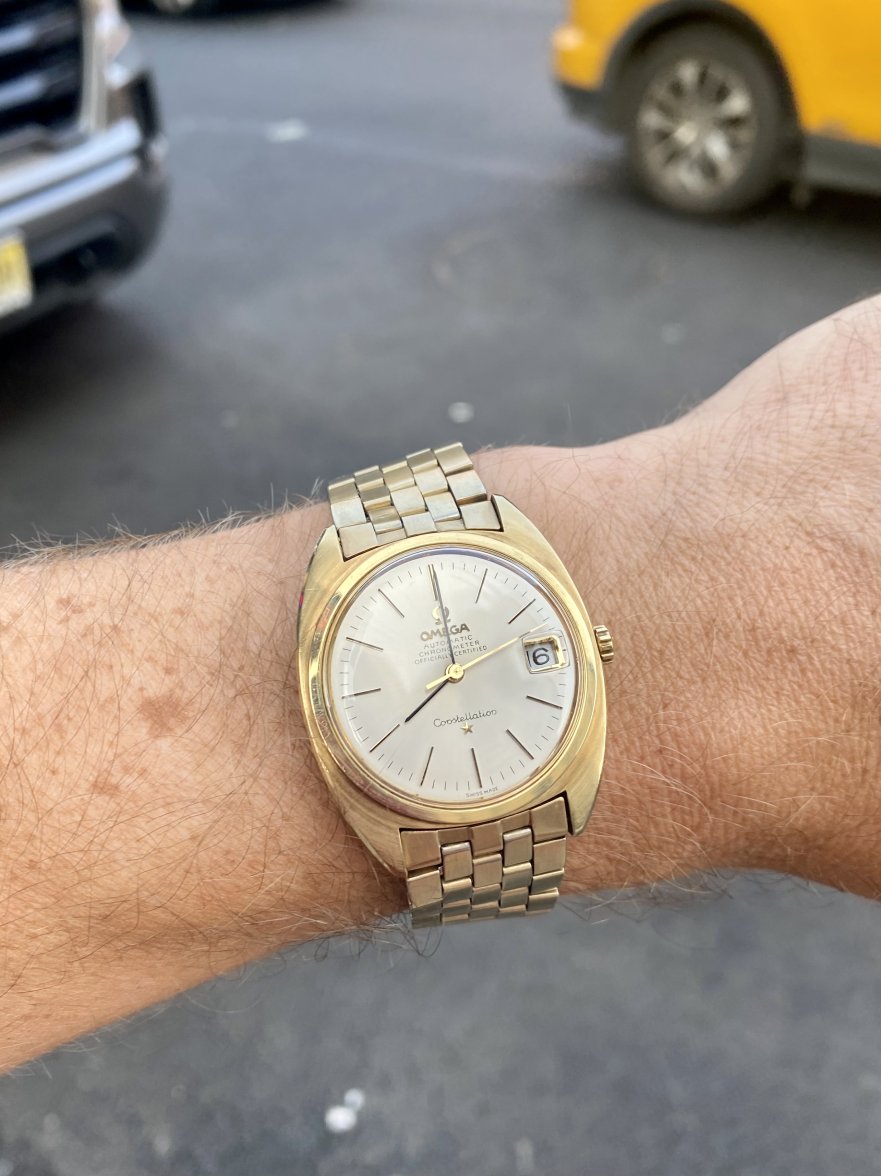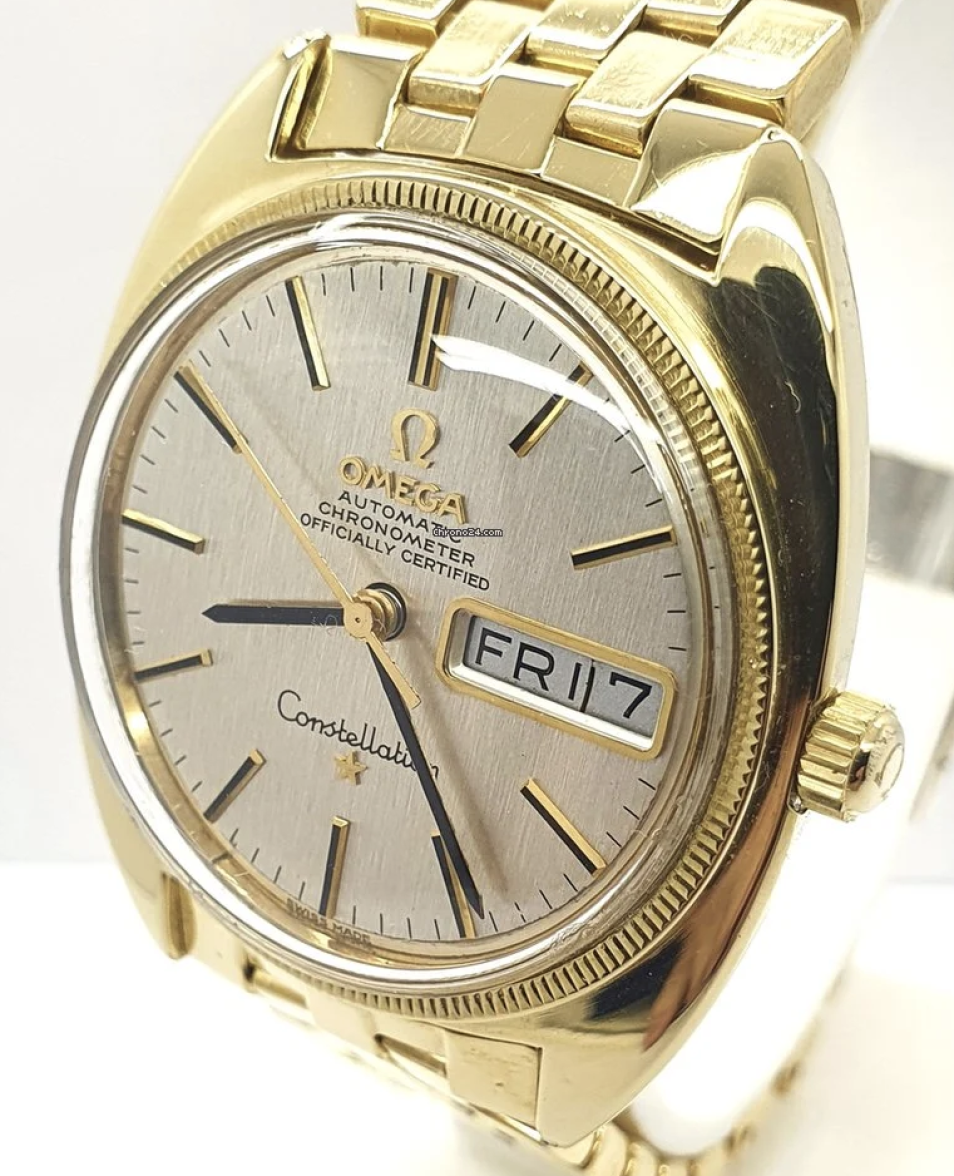kaplan
·The 1068 / 620 is an oddity, it appears very rarely
I didn't pay attention for quite some time, then it really piqued my interest, my theory is that it was a combination some AD's made happen
This North Korean watch is even more interesting, they were ordered directly, so if this watch had this bracelet originally, it could've been a combination option Omega provided too
I recently completed my collection of steel C-Case bracelets, I think I have 12 different types
I'm missing a funky Mexican 1040, there's a US market 1040, one very ugly gold/steel milanese that Omega commissioned - so I don't technically have every Omega made or commissioned bracelet, but I have all the main good looks
I started writing a book but it was a very challenging undertaking, compared to some masterpieces my approach seems like a rushed term project report, I got a bit demotivated and paused after this realisation - it's hard to come up with a good visual presentation and format, I'm going to release it as a free ebook once it's complete
I didn't pay attention for quite some time, then it really piqued my interest, my theory is that it was a combination some AD's made happen
This North Korean watch is even more interesting, they were ordered directly, so if this watch had this bracelet originally, it could've been a combination option Omega provided too
I recently completed my collection of steel C-Case bracelets, I think I have 12 different types
I'm missing a funky Mexican 1040, there's a US market 1040, one very ugly gold/steel milanese that Omega commissioned - so I don't technically have every Omega made or commissioned bracelet, but I have all the main good looks
I started writing a book but it was a very challenging undertaking, compared to some masterpieces my approach seems like a rushed term project report, I got a bit demotivated and paused after this realisation - it's hard to come up with a good visual presentation and format, I'm going to release it as a free ebook once it's complete





